
- Equipment -
Equipment (Speakers, enclosures)
Subwoofers:
Equipment (Analog desks, digital domain, effects, incidentals)
Industry standard stereo passive Direct Box + isolation transformer. This is about the best money can buy.
Industry standard active Direct Box. This is about the best money can buy.
Designed specifically for acoustic string instruments, this DI is Nashville's standard - without question the best active Direct Box for acoustic guitar, bass or fiddle money can buy.
Equipment (Power distribution, regulation and conditioning)
This mobile power distribution panel (cover removed to show wiring) with 50' feeder cable provides 20 solid 20 amp circuits and 1, 100 amp twist lock (2, 50 amp legs) for my "Spider Box" (pictured below panel picture). For larger shows, this type of power distribution equipment is absolutely necessary to facilitate a smooth-running show. Please notice that it is mounted to a hand truck - hence the "mobile" moniker.
This type of power distribution system provides 5 solid 20 amp circuits for Sound Production (me) and band (you). For medium-sized shows, this type of power distribution equipment is absolutely necessary to facilitate a smooth-running show.
Back to "Index" on home page
I have spent hours and hours and hours doing research into exactly what sound reinforcement equipment I was going to purchase. I have even purchased equipment that "looked good on paper," but once tested fell far short of my stringent standards. Sometimes you have to crack a few eggs to make an omelette. To keep my prices down equipment had to have six criteria:
$25,000.00 later, all I can say is, "5 out of 6 ain't bad." In order to get heavy-duty, light-weight, clear, powerful and versatile, I had to forgo "cheap." Consequently I have spent thousands of dollars on new, high-quality gear that ultimately insures I can make a band sound better than they ever have. Below is an outline of some of the stuff I presently own. Check back often as this list changes all the time:
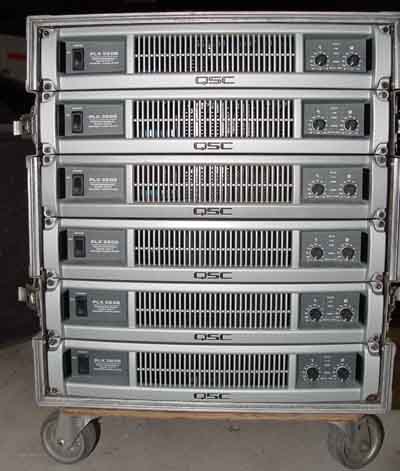
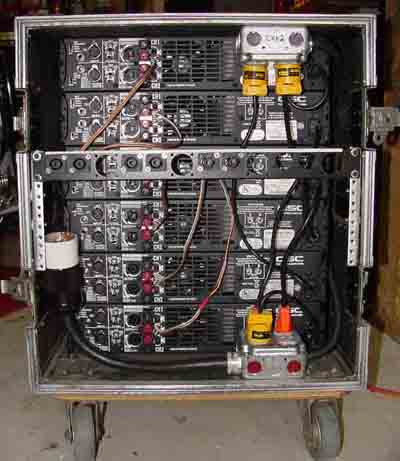
These amps are rated at 3600 watts each (1800 watts per channel @2 ohms, or 3600 watts @4 ohms in bridge mode).
In a club situation I use 3 of these amps; 2 amps for subs (into 4 sub cabinets = 7200 watts) and 1 amp for main speakers (into 2 main speakers = 3600 watts) for a total of 10,800 watts for my standard club package. This is a lot more power than most sound engineers use in a club venue. "Too much power" insures I have plenty of head room in the mix for a clean, clear, crisp, warm, full sound.
For larger shows I use 9 amps; 5 amps for subs (into 10 subs = 18,000 watts) and 4 amps for main speakers (into 8 mains = 14,400 watts) for a total of 32,400 watts, which has been more than sufficient so far.
My sound company paradigms follow my life-long credo, which has always been, "Better to have and not need then to need and not have. Build it too big, too fast and too powerful and you'll never be disappointed." Consequently, I tend to over-spec everything I build - including my sound system. "Too much P.A." insures a clear, crisp, warm mix not lacking or wanting in any frequency band.

I presently own 2 QSC PLX2502 power amps, which I use for monitors if I run out of PLX3602's. In my humble opinion they don't really deliver enough power to drive my mains or my subs, however they do deliver more than adequate power for monitors. So far I've had no complaints.
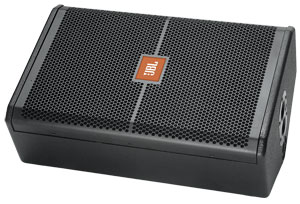
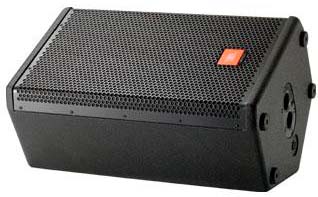
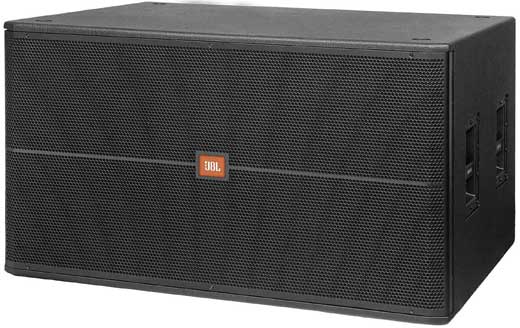
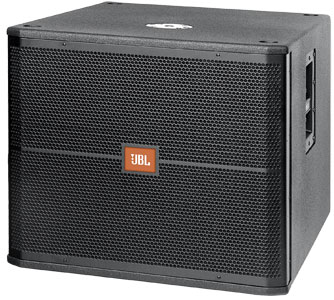
Peavey Low-Rider speakers are rated at 800 watts RMS, 1600 watts continuous, 3200 watts peak.
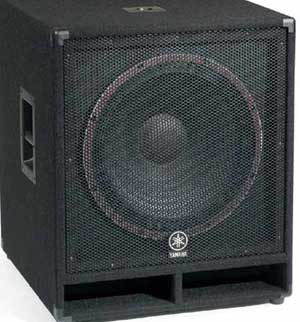
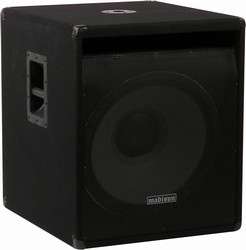
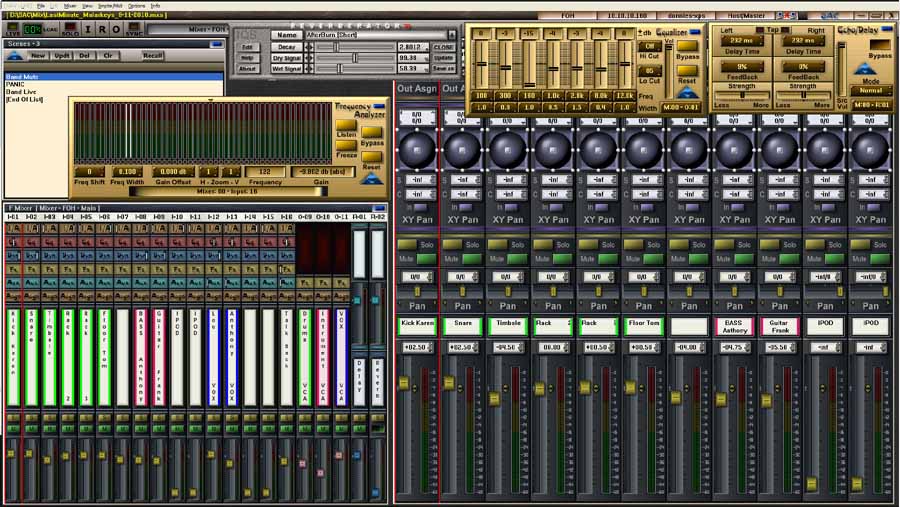
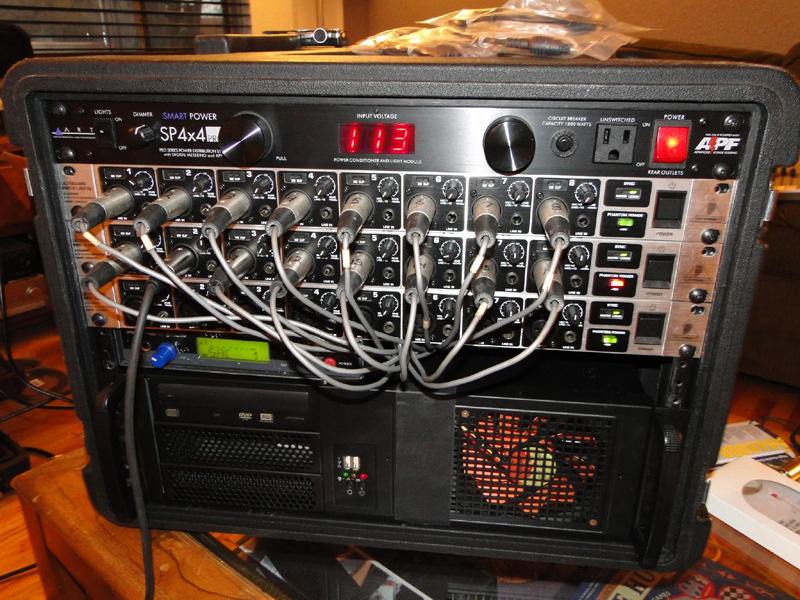
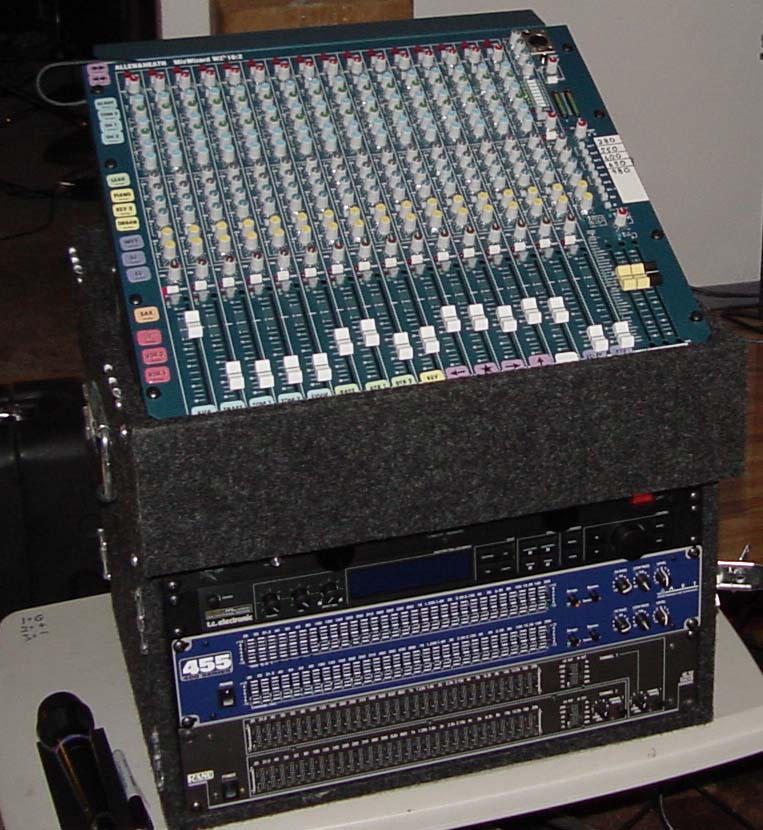
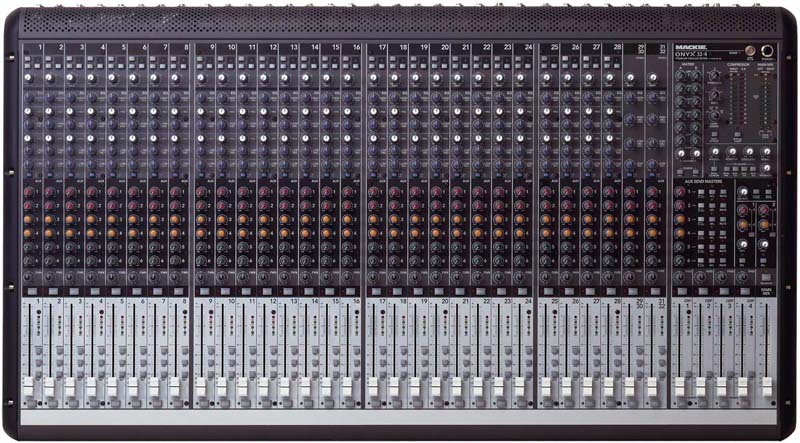
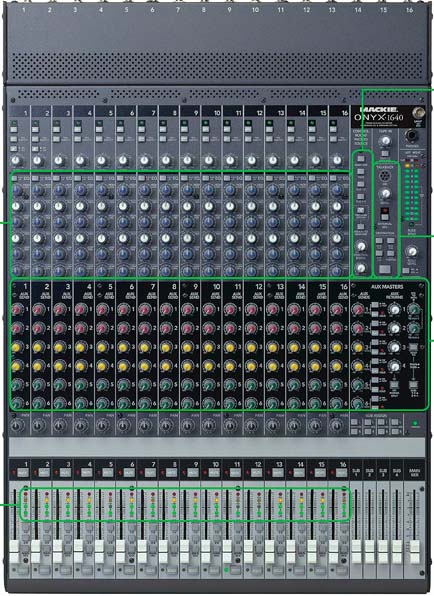
Some may laugh, but I use an old Roland SDE-1000 for delay, and an Alesis Microverb (v1) for reverb. I like these analog effects because they can be adjusted quickly and on-the-fly. Certain songs require certain effects. Usually this is either reverb, delay, or a combination of the 2. I can usually pretty effectively figure out and dial in a distinct effect via my headphones within a verse. It's hard to do that with digital effects which make one navigate a menu system. Simply put, I just don't have time for that.
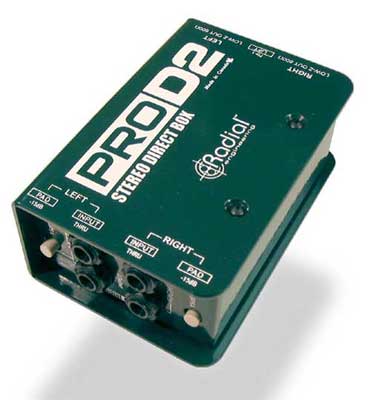
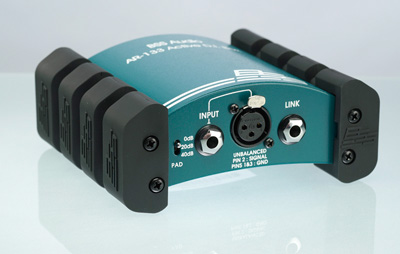
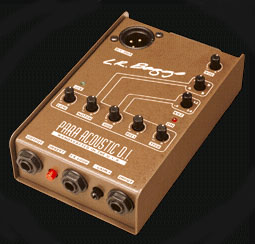
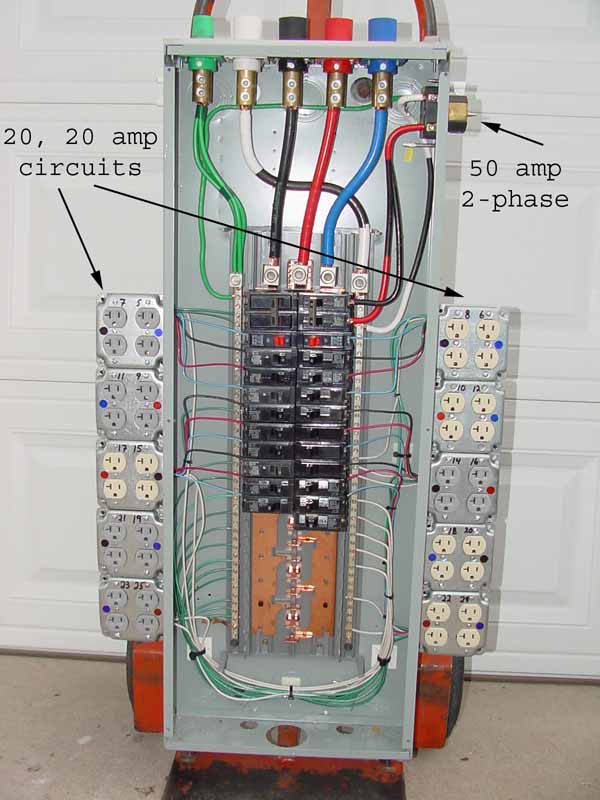
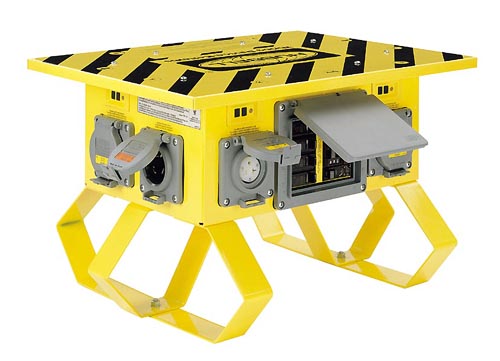
These are the finest power regulators money can buy. DO NOT confuse these with "power conditioners," which do NOTHING to regulate voltage brown-outs or spikes! When house voltage spikes or drops, these regulators keep YOUR valuable digital instruments at a constant 120 Volts AC. For the money, I challenge you to find another sound company that offers this kind of protection for your valuable equipment! "Power Conditioners" typically cost about 100 bucks. Power REGULATORS cost at least 10 times that! Don't let another sound company tell you that your valuable digital equipment is protected because power is "conditioned." Insist on power REGULATORS to insure your expensive digital keyboards and other devices are fully protected!

This is an arsenal of quality power equipment that will insure zero power issues during any performance. Unfortunately some venues have no means by which to distribute dedicated power to a band, sound and lights. However, if they do, you can bet I'll be ready for it.
This page is up as of January 4, 2009 - 3:PM and was updated June 18, 2009 - 5:15 PM (added 600 AMP panel).
If you have any questions, comments or suggestions, or need a sound engineer that can unlock the full potential of your band, please...

...e'mail me
Or leave a message for Donnie on my land-line: 505-271-6880
Or you can contact me via my Voice over IP line: 505-990-3307
(VoIP will forward to my cell on days I have my cell turned on, In addition a voice message will be sent to my e'mail address, which can be retrieved remotely from any computer in the world. So this is a good way of reaching me.)

You are visitor number:


All pictures & material Copyright © 2007 Donnie Frank
Company logo designed and created by Brandon McCutcheon